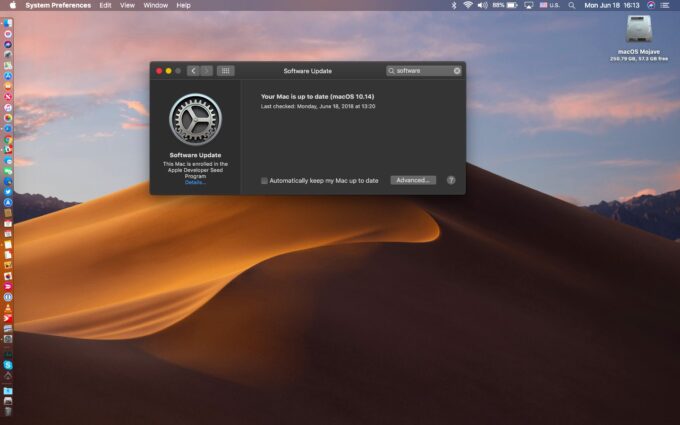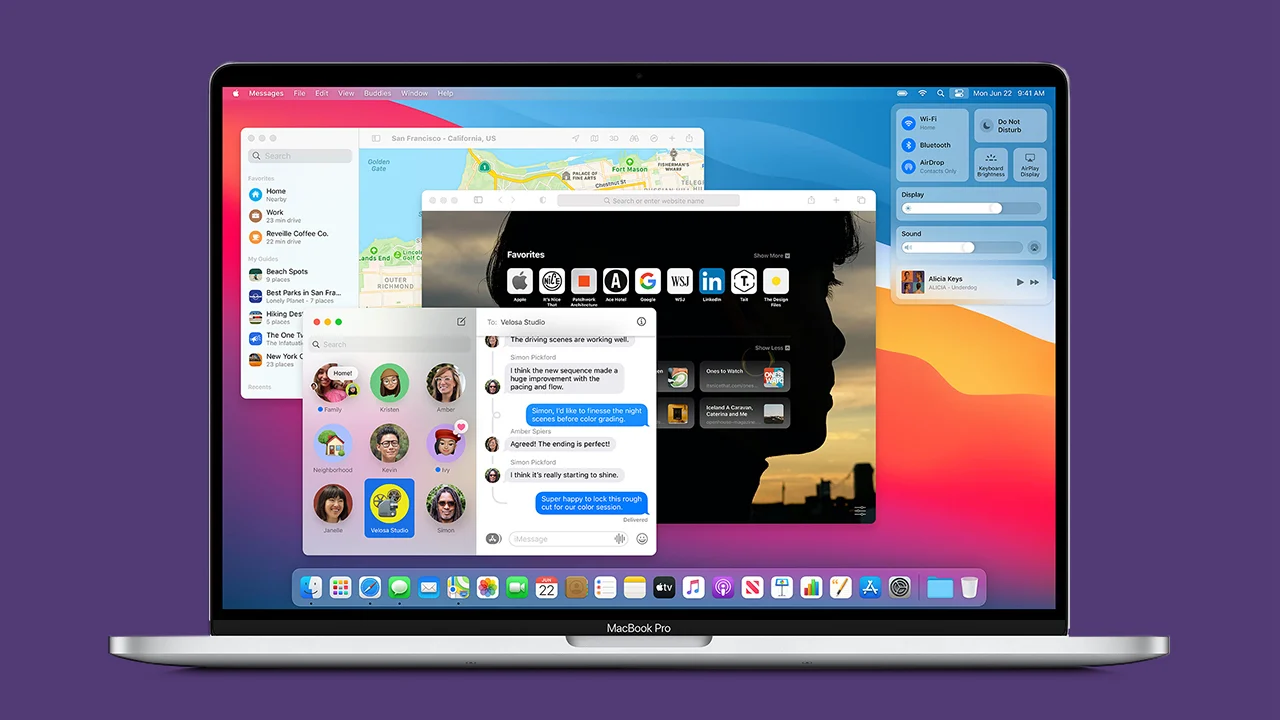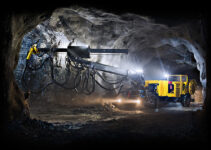As time goes by, the once-mighty Mac computer starts to feel unresponsive and sluggish, affecting productivity. The exact reason for this slowdown is hard to tell, but the common factors are outdated software, accumulated clutter, and insufficient system resources.
Luckily, taking a few simple steps can optimize the performance of your Mac and restore its former efficiency and speed. Some of those steps are discussed below.
Factory Reset (the OG Step for Restoring Mac’s Performance)
Have you been using your Mac for a long time? It is possible that the system’s storage is too full, and there are not enough resources to run applications or programs.
If you don’t have enough time to go through the other methods mentioned below and want things to speed up in a single swoop, a factory reset MacBook is the solution. The steps for factory resetting your Mac are:
- On macOS Monterey – Click the Apple menu > System Preferences > select Erase All Content and Settings.
- On macOS Ventura or later – Click the Apple menu > System Settings > General > Transfer or Reset > Erase All Content and Settings.
As you follow the steps mentioned above, the erase assistant will open. Then, you can follow the onscreen instructions to erase your Mac and restore it to factory settings.
Please note that doing this will erase all data and settings, and your system will appear like the first time you took it out of the box. While erasing everything, you will be asked whether you want to back up your Mac. You can back up your system via Time Machine, or you can enable iCloud backup.
Manage Startup Applications
Too many applications launching at startup can slow down your Mac computer’s boot time and consume system resources. So, you need to manage the apps that are allowed to automatically launch as you turn on your computer.
You can do this by going to System Settings > Users & Groups > User Account > Login Items tab > review the listed apps and uncheck the boxes next to the apps you don’t want to launch automatically.
Free Storage Space
Mac’s performance is severely impaired if there’s not enough storage space. You must regularly clean up unwanted files so that valuable storage space can be cleared.
To ensure your Mac is clutter-free, you can implement the following methods:
- Locate and remove all the unnecessary, large files
- Transfer important documents, files, and photos to iCloud or an external drive and delete them from Mac’s internal storage.
- Regularly empty the Bin
- Use the built-in optimize storage feature to automatically identify storage hogs and manage space.
Remove the Apps You Don’t Use Any Longer
Removing unused apps is one easy way to speed up your Mac’s performance. Go through your system and uninstall the apps you no longer need.
Please note that apps installed on your system are constantly vying for your attention. They might be consuming system resources in the background without your knowledge.
You may need to check the unused apps if you are not running any resource-intensive apps, but your computer is still running slowly.
Update MacOS Software

Source: idownloadblog.com
Has it been too long since you’ve updated the operating system? Apple releases yearly macOS updates, along with minor updates throughout the year. These updates usually address security flaws, bugs, and performance issues.
Go to System Settings > Software Update and install the available updates. You can also turn on the automatic update feature, so you don’t have to manually do it.
Keep Checking The Activity Monitor
If you want valuable insight into the performance of your Mac and the resources being used, check Activity Monitor. Go through the list of active processes and applications to identify the unnecessary ones. Once identified, quit those applications or processes by clicking the X icon.
This will free up valuable system resources and speed up performance.
Reset NVRAM/PRAM and SMC
Various low-level system functions like fan control and power management are managed by the SMC and PRAM/NVRAM. Sometimes, performance issues are resolved by resetting them.
Please note that you must follow the specific instructions for resetting them according to your Mac model. If you need guidance, call Apple support.
Add More RAM
You can upgrade RAM if your Mac model supports it. This will significantly improve performance, especially if you are regularly engaged in memory-intensive tasks.
Make Use of External Storage
Decluttering your Mac is a great option, but it can be time-consuming. If you don’t want this hassle, you can make it your habit to use external SSDs or HDDs to store large files like music, videos, photos, etc. This will free up your internal storage space and prevent sluggish performance.
Reduce the Visual Effects

Source: pcmag.com
You may not realize it, but the cool animations and visual effects you see when you start up your Mac or drag-and-drop files are draining your system’s resources. These visual effects can be pretty demanding and slow things down.
You can turn off animations and visual effects to speed up your Mac. To do this, head to the System Preferences or System Settings app > click Accessibility > choose Display from the left panel > tick the Reduce motion checkbox.
All the extra visual effects and animations will be eliminated, and your Mac will have enough free resources so you can perform other tasks.
Preventative Maintenance Tips
The points mentioned above are all implemented when you are experiencing an overall system slowdown. But if you develop good habits and regularly maintain your system, you might be able to prevent your Mac from performing sluggishly. Some of those habits are:
- Regularly restart your Mac so that temporary files are all cleared up, and the memory is freed.
- Scan for malware so you can detect them early and remove them.
- Don’t allow dust to build up on your Mac, as this may result in airflow obstruction and an overheating Mac. This also affects performance.
Conclusion
Implement these tips and tricks to fine-tune your Mac’s performance. If you need more help, consult Apple’s support team.
Do you have additional tips to share? Leave a comment.







